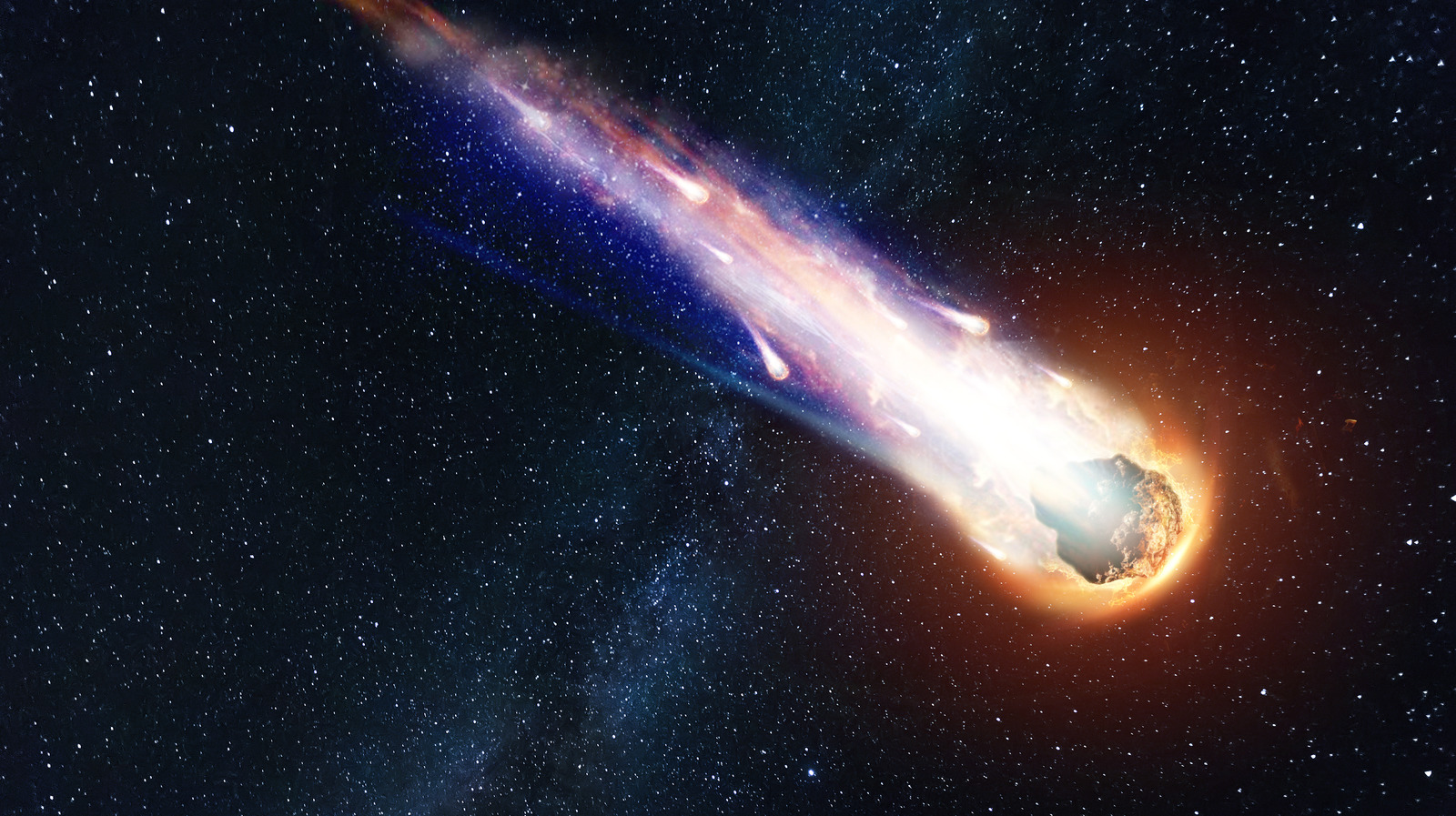By: Kerry Ding
An Austrian forest ranger picked up an odd-looking rock in 1976, not knowing that this rock was a meteorite from outer space. Scientists would later discover the story of the Ischgl meteorite.
Even though many meteorites have been discovered on Earth, not many have been traced back to their parent “fireball”. This is because without knowing a meteorite’s flight path, there would be no way to calculate where exactly the meteorite came from.
In 1976, Josef Pfefferle was doing some work as a forest ranger near the Austrian village of Ischgl, where he discovered an odd-looking rock that he decided to bring home. In 2008, he heard a story of a different meteorite in Austria being discovered. So, Josef brought his rock to get checked to see if his rock was a meteorite.
It turned out that Josef’s rock was actually considered a larger meteorite weighing at two pounds, and it was very well preserved. The rock was named the Ischgl meteorite. “It was such a fresh meteorite,” said Dr. Maria Gritsevich, a planetary scientist at the University of Helsinki in Finland who led the recent study, to New York Times. “It was so well preserved.”
Dr. Gritsevich and her team inferred that because of the meteorite’s preserved state, it was most likely relatively young. This meant it was likely to have been caught on camera. So, the team of scientists scoured the videos from a network of sky-viewing cameras in Southern Germany, a region that borders Austria, that have been collecting long-exposure photos since 1966. They picked out the “fireballs” that were large enough to produce such a relatively big meteorite.
After hours of searching, the group of scientists had narrowed it down to three “fireballs” big enough to produce a meteorite of this size and reached Earth before 1976. After the team reconstructed the trajectories the meteorites took before hitting Earth, it was clear there was only one “fireball” that hit near the town of Ischgl. They had found the meteorite’s parent “fireball”.
This meant that out of the roughly 50 meteorites to have their orbits determined, the Ischgl meteorite was the third oldest. However, the case has not yet been completely settled for the Ischgl meteorite. There are possibilities of the meteorite being much older, coming from another fireball, back before any cameras were watching the sky. The alpine setting of the discovery was the perfect condition for a meteorite being preserved. Humanity may never know where most meteorites came from, but in the case of the Ischgl meteorite, scientists were most likely right.











